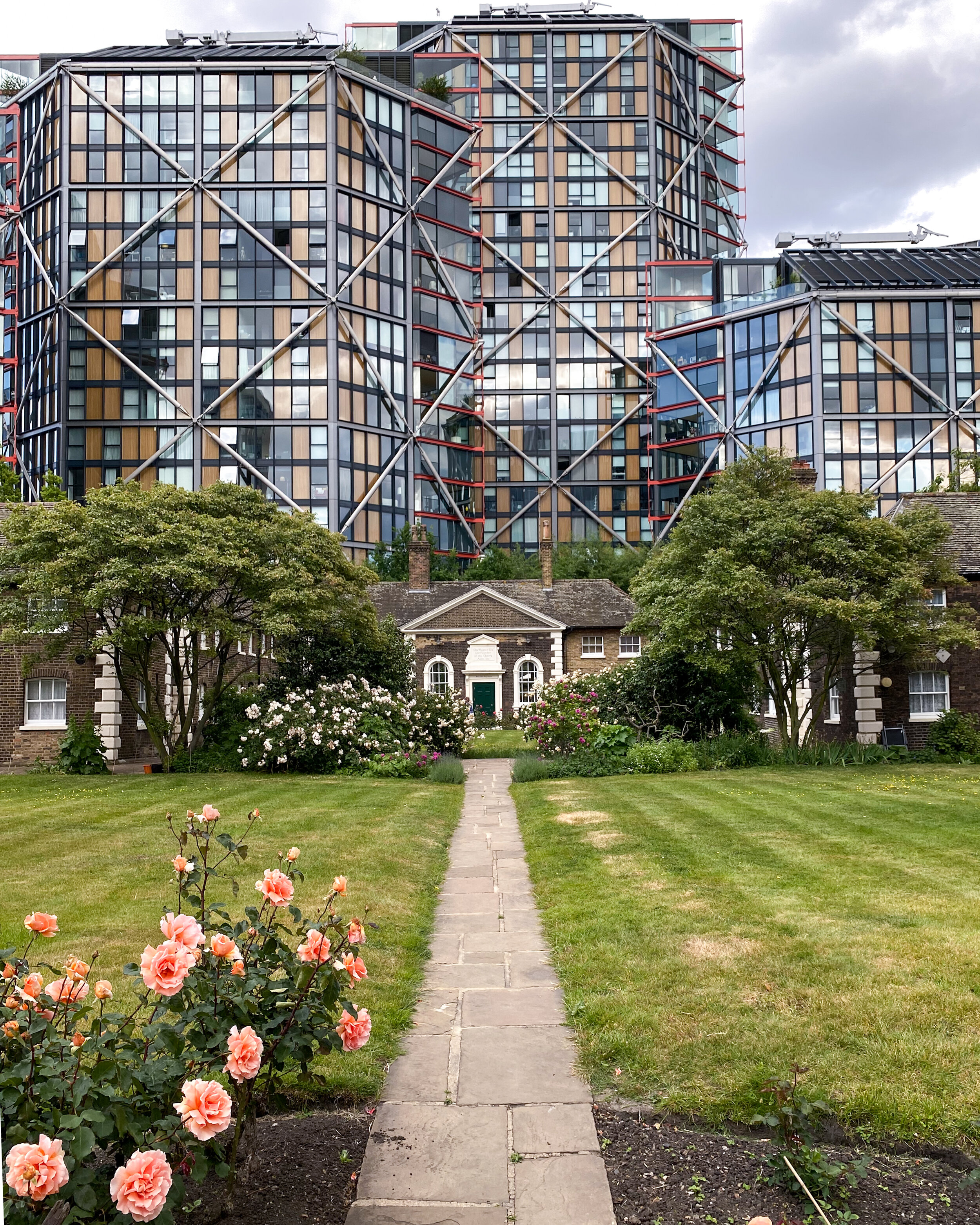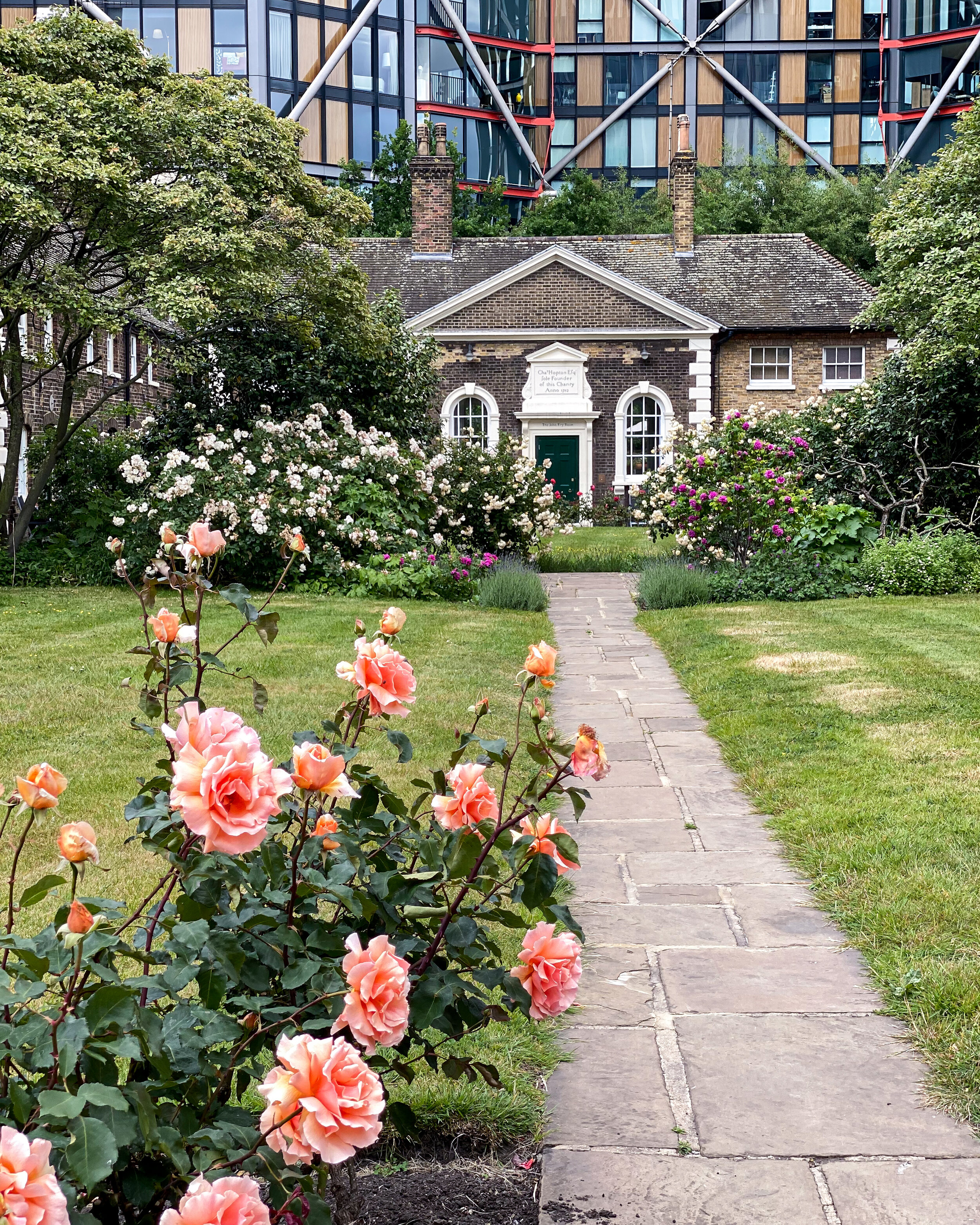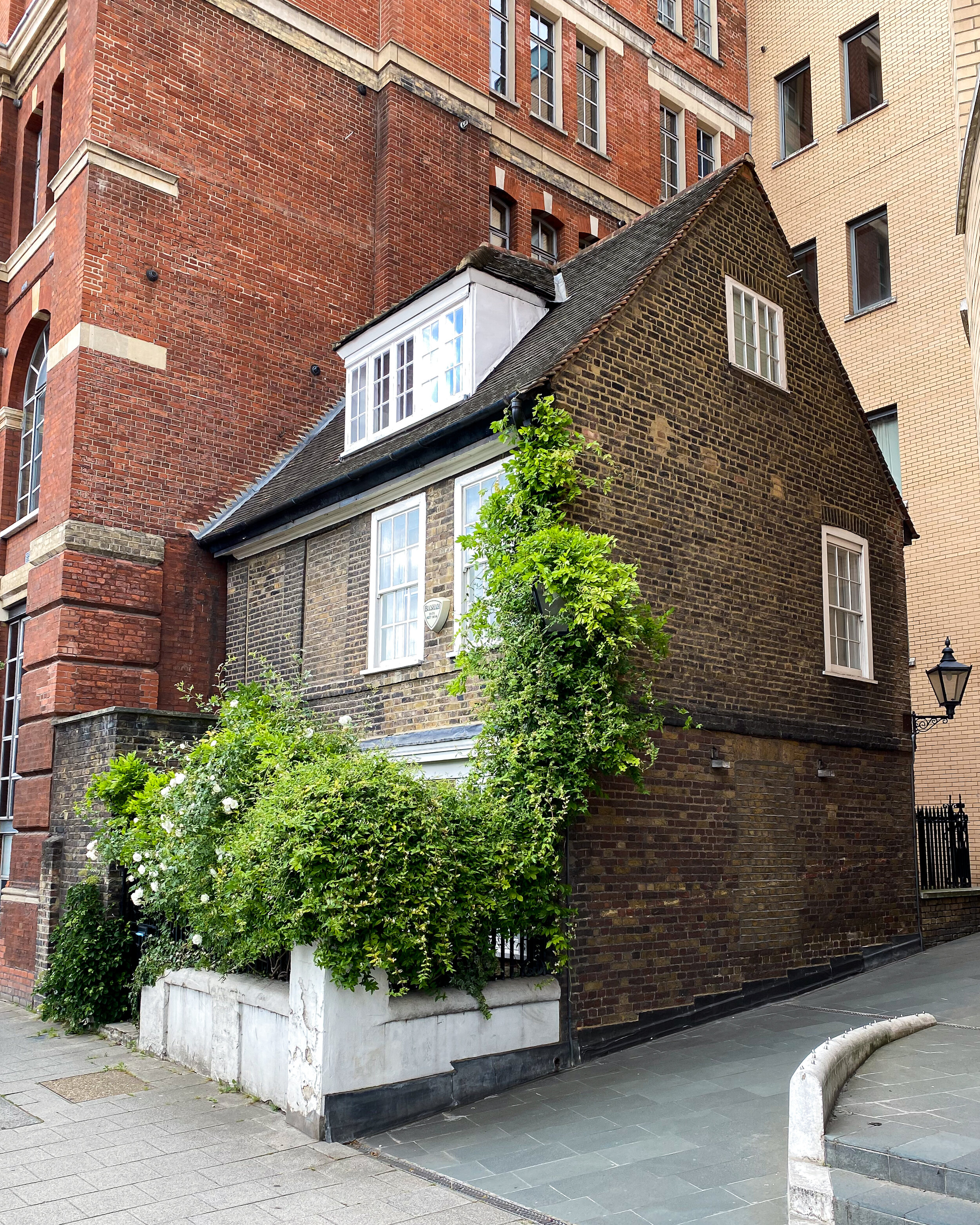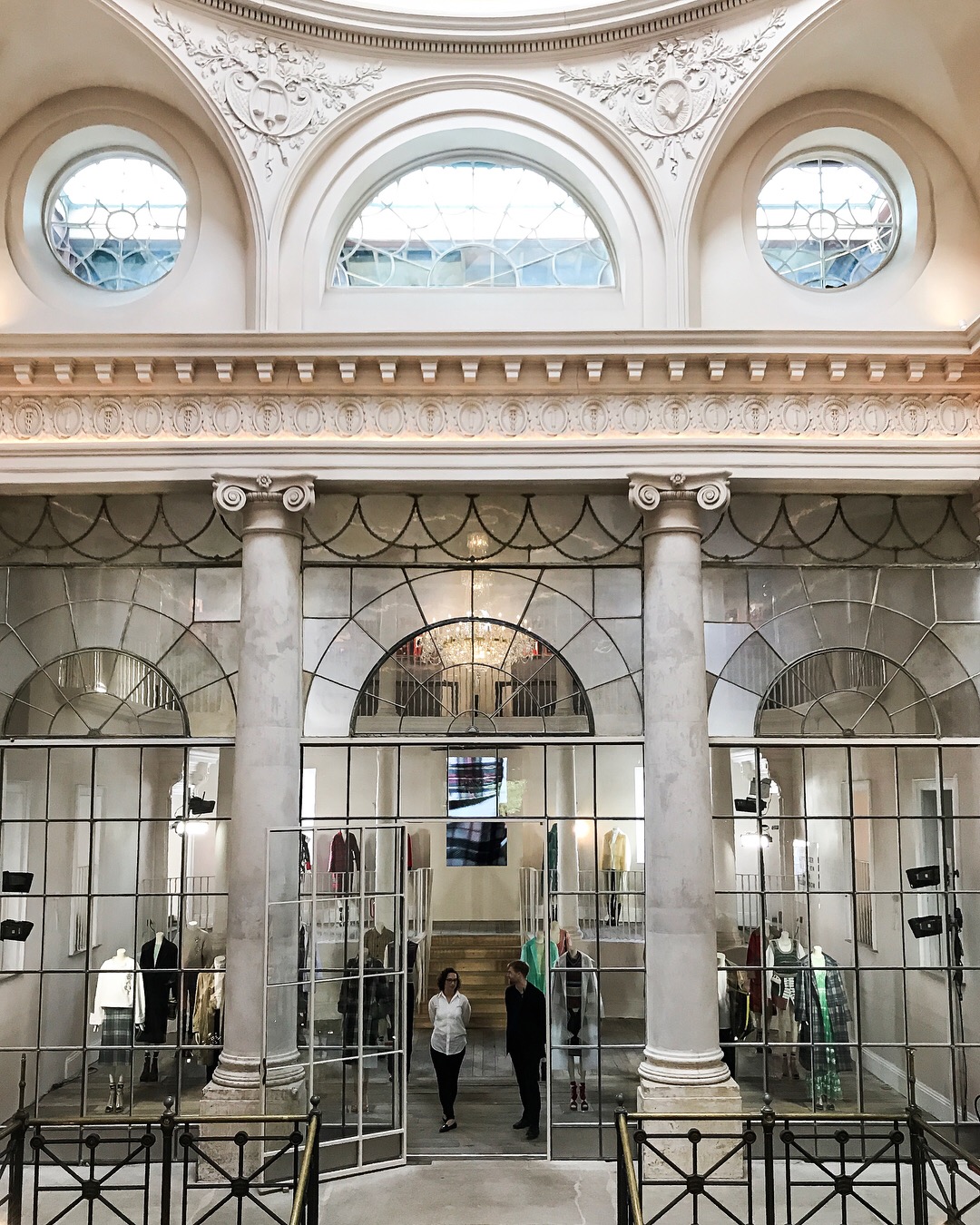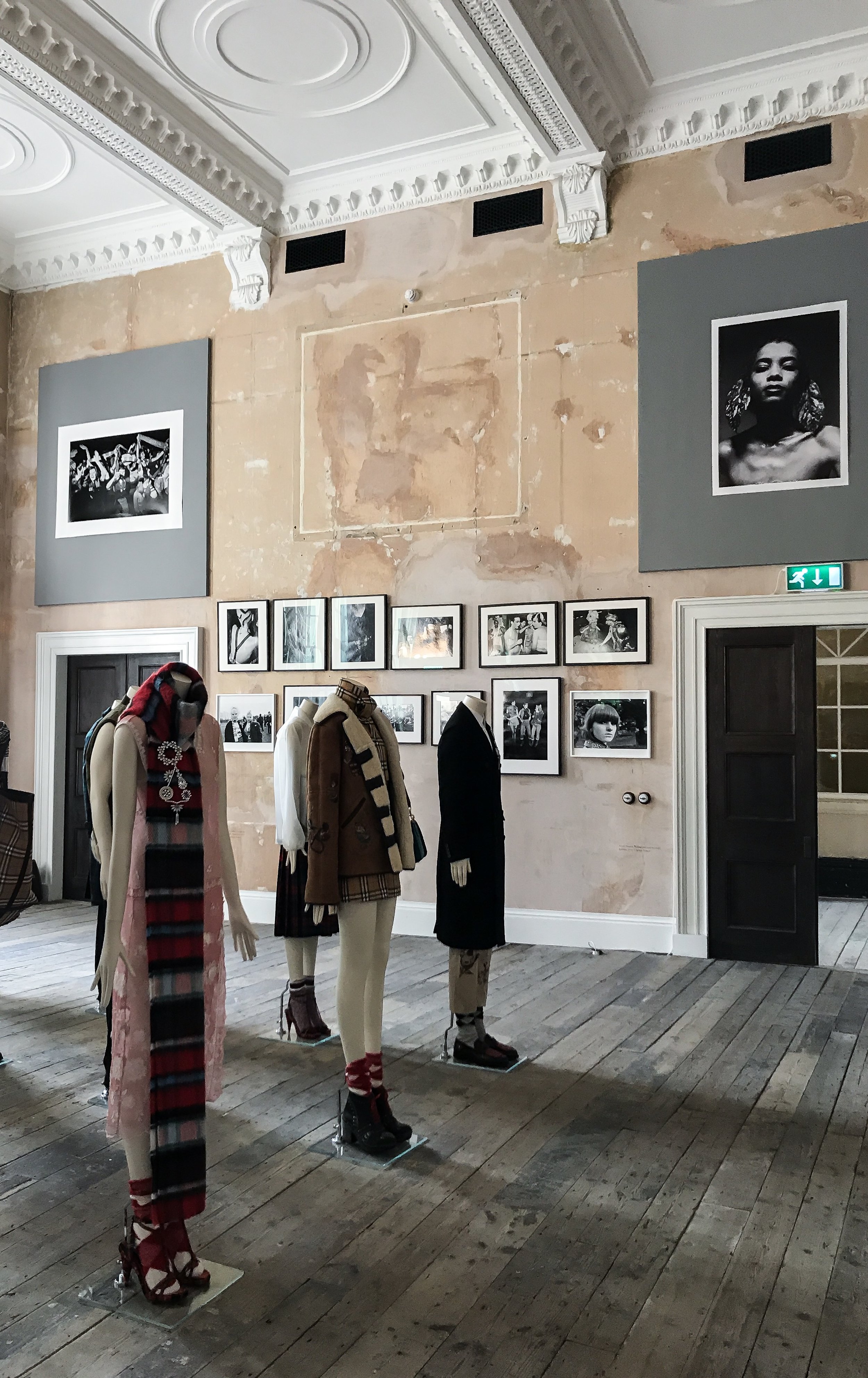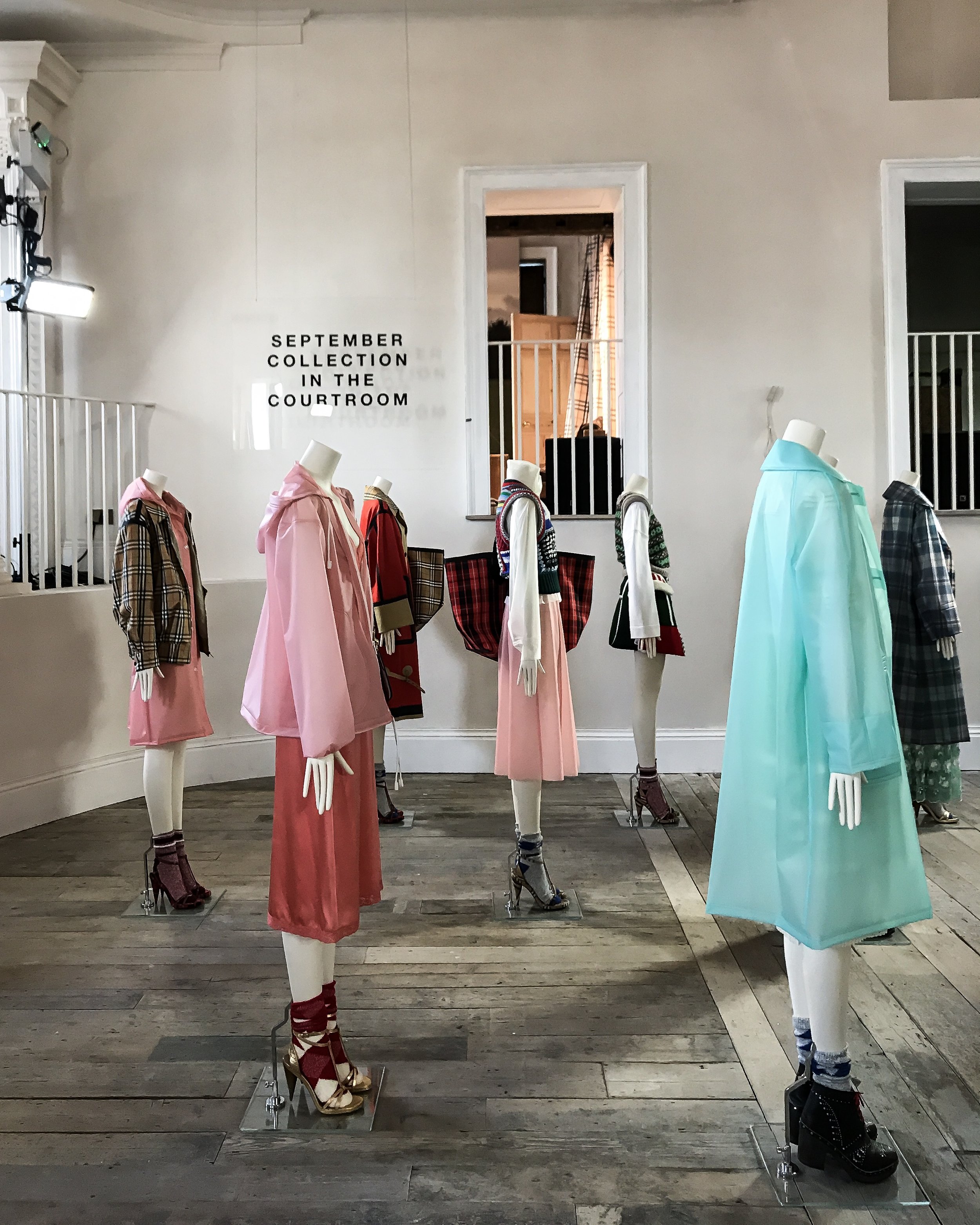I know, I know, there’s nothing really to see there, it’s all just the South Bank or the Tate Modern, or Borough Market, and some not-very-nice riverside pubs. I hear you. But there are a couple of spots hidden just behind the Tate Modern that you’ve probably never seen, and which you really should if you want to get a sense of what this part of London used to be like.
Hopton’s Almshouses
I love almshouses. I love that even hundreds of years ago people thought that providing some form of social housing for the poorest members of society was A Good Thing. These almshouses were founded in 1746–49 by a fishmonger, Charles Hopton, with the aim of providing accommodation for 26 “poor decayed men” of the parish. And one of the things I like about them is that they are still operating as social housing, albeit for the Borough of Southwark rather than the local parish. The other thing I like is the poignant contrast between that classical Georgian architecture and the steel and glass dazzle of the huge modern apartments behind them, dwarfing the homely little almshouses below. It’s like a microcosm of London as a whole: the new sitting cheek by jowl with the old (and not always coming off best in that comparison).
61 Hopton St
This little house is just down the road from Hopton’s Almshouses at no. 61, and like the almshouses it’s a valiant little survivor in amongst more modern buildings. There’s something about the scale of it and the angle of the roof that make it a bit of a challenge to photograph, but also satisfying when you manage to capture it. According to my trusty copy of Pevsner, it dates from 1702.
As always, I’d love to see your photos from this part of town, so please tag me on Instagram if you do visit!

